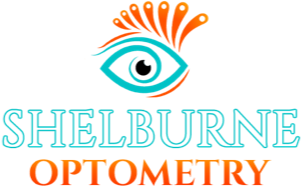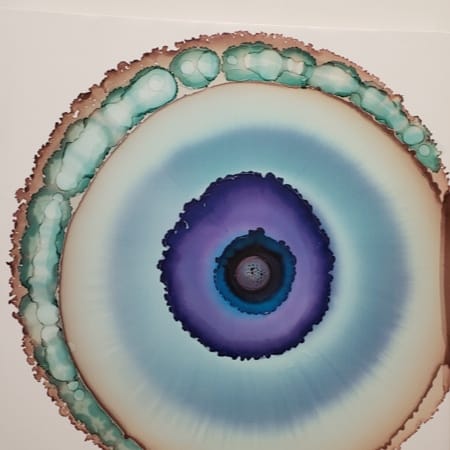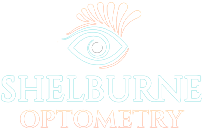Protect Your Eye Health With Regular Eye Exams
Did you know that the 4 leading causes of blindness in Canada are eye diseases? When these eye diseases are diagnosed early, many treatments are successful at preventing vision loss.
Regular eye exams are the best way to detect serious eye diseases before they lead to vision loss and blindness. At Shelburne Optometry, we have invested in advanced technology to provide fast and accurate diagnoses of various eye diseases for all family members. Testing for eye diseases is included in every eye exam, from our littlest patients to our patients celebrating their golden years.

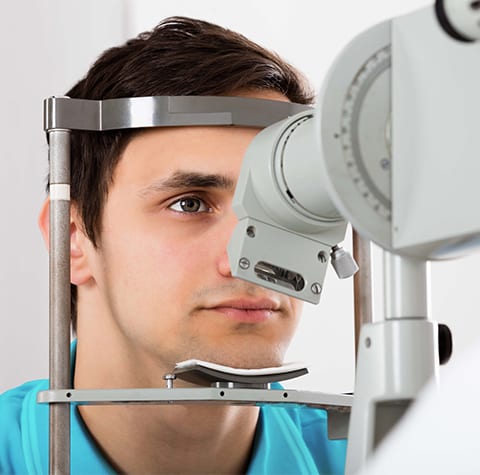
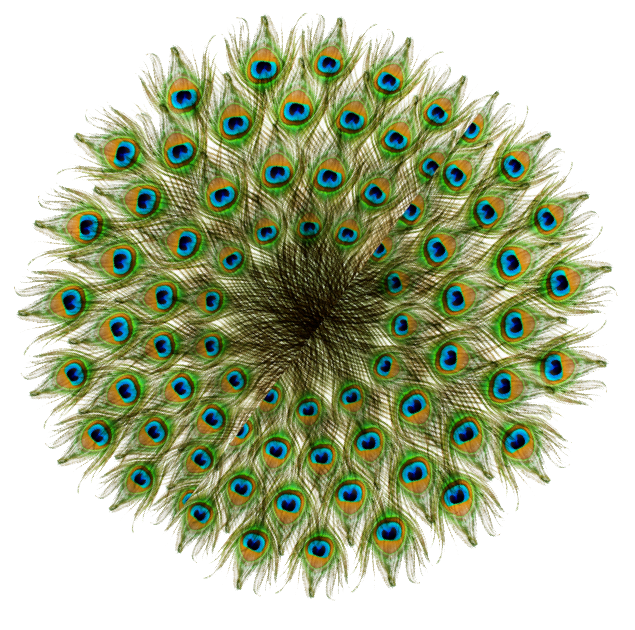
Common Eye Diseases
Glaucoma
Glaucoma is a progressive eye disease that causes damage to the optic nerve. If not diagnosed and managed early enough, glaucoma may result in irreversible vision loss and potential blindness. The catch is that glaucoma often progresses with no pain, symptoms, or warning signs.
The good news is that glaucoma testing is included in every eye exam at Shelburne Optometry. Because glaucoma is often related to increased intraocular pressure (IOP)—although not always—glaucoma testing involves a process of measuring the internal pressure of your eye.
At Shelburne Optometry, we use:
-
- Goldmann Applanation Tonometry: The “gold standard” for testing IOP, the Goldmann tonometer measures the force required to flatten the cornea using a small probe. Because the probe makes contact with the eye, your eyes will be numbed first.
- Tonoref III Non-Contact Tonometry: Non-contact tonometry uses a small puff of air to measure IOP based on the eye’s resistance to the air puff. Because it doesn’t make contact with the eye, patients won’t require anesthesia before the test.
There are several types of glaucoma, including:
- Primary Open-Angle Glaucoma: This type of glaucoma is the most common and involves an increased IOP that leads to optic nerve damage. Open-angle glaucoma occurs when the eye’s drainage angle remains open, but the aqueous fluid in the eye can’t drain properly, which puts pressure on the optic nerve. One theory suggests that the drainage system in those who develop open-angle glaucoma has become inefficient over time.
- Angle-Closure Glaucoma: Also known as closed-angle glaucoma, angle-closure glaucoma occurs when the eye’s drainage angle becomes blocked or closes suddenly. The lens in the eye becomes larger as we age, which pushes the iris forward and narrows the space between the iris and the cornea. When the angle narrows, the aqueous fluid is blocked from draining, builds up and puts pressure on the optic nerve. Angle-closure glaucoma can develop slowly (chronic) or come on suddenly (acute). Acute angle-closure glaucoma is a medical emergency and requires immediate attention.
- Normal-Tension Glaucoma: While many forms of glaucoma are related to increased IOP, optic nerve damage still occurs even when IOP is within the normal range. It’s not entirely clear what causes this type of glaucoma, but experts believe that those who develop it have more sensitive optic nerves.
Age-Related Macular Degeneration
Age-related macular degeneration (AMD) is an eye disease that causes progressive deterioration of the macula, the part of the retina responsible for central vision, allowing us to see colour and subtle details. As the name suggests, AMD is often related to the ageing process.
There are 2 types of AMD:
- Dry AMD: This type of AMD progresses gradually over time and is associated with the appearance of drusen deposits behind the retina. Dry AMD is the more common form and accounts for 90% of cases.
- Wet AMD: This type of AMD only accounts for about 10% of AMD cases, but progresses suddenly. It occurs when weak blood vessels suddenly break and leak blood or fluid into the macula. Symptoms are often severe and progress rapidly and can result in vision loss. Wet AMD is a medical emergency and requires immediate medical attention.
Cataracts
Cataracts occur when the eye’s natural lens turns opaque over time. While cataracts are one of the easiest eye diseases to treat, they are the leading cause of blindness in Canada.
During the early stages of cataracts, they can be managed with eyeglasses, contact lenses, improved lighting, or magnifying lenses. However, cataracts will continue to worsen, and you may find these measures aren’t helping anymore. In this case, you may require cataract surgery.
Cataract surgery involves the removal of the opaque lens, replacing it with a prescription artificial lens. This surgery is common and safe; however, we can answer any questions you may have about this procedure during your eye exam.
Let Us Start Protecting Your Vision Today
An eye disease diagnosis can be a life-changing event. Many eye diseases require life-long treatments. At Shelburne Optometry, you will never be alone in your journey.
Please book your comprehensive eye exam today, and protect your eyes from vision-threatening eye diseases.

Our Location
You can find our office at 802 Main Street East, Unit #7, in Shelburne, Ontario. We’re located in the strip mall off Dufferin Road 124 and Highway 10, beside the Tim Hortons.

Our Address
- 802 Main Street East, Unit #7
- Shelburne, ON L9V 2Z5
Contact Information
- Phone: 519-925-3882
- Fax: 226-777-7150
- Email: [email protected]
Our Hours
- Monday: 9:00 AM – 5:00 PM
- Tuesday: 10:00 AM – 6:00 PM
- Wednesday: 10:00 AM – 6:00 PM
- Thursday: 11:00 AM – 7:00 PM
- Friday: 10:00 AM – 4:00 PM
- Saturday: 10:00 AM – 2:30 PM
- Sunday: Closed


Our Brands






